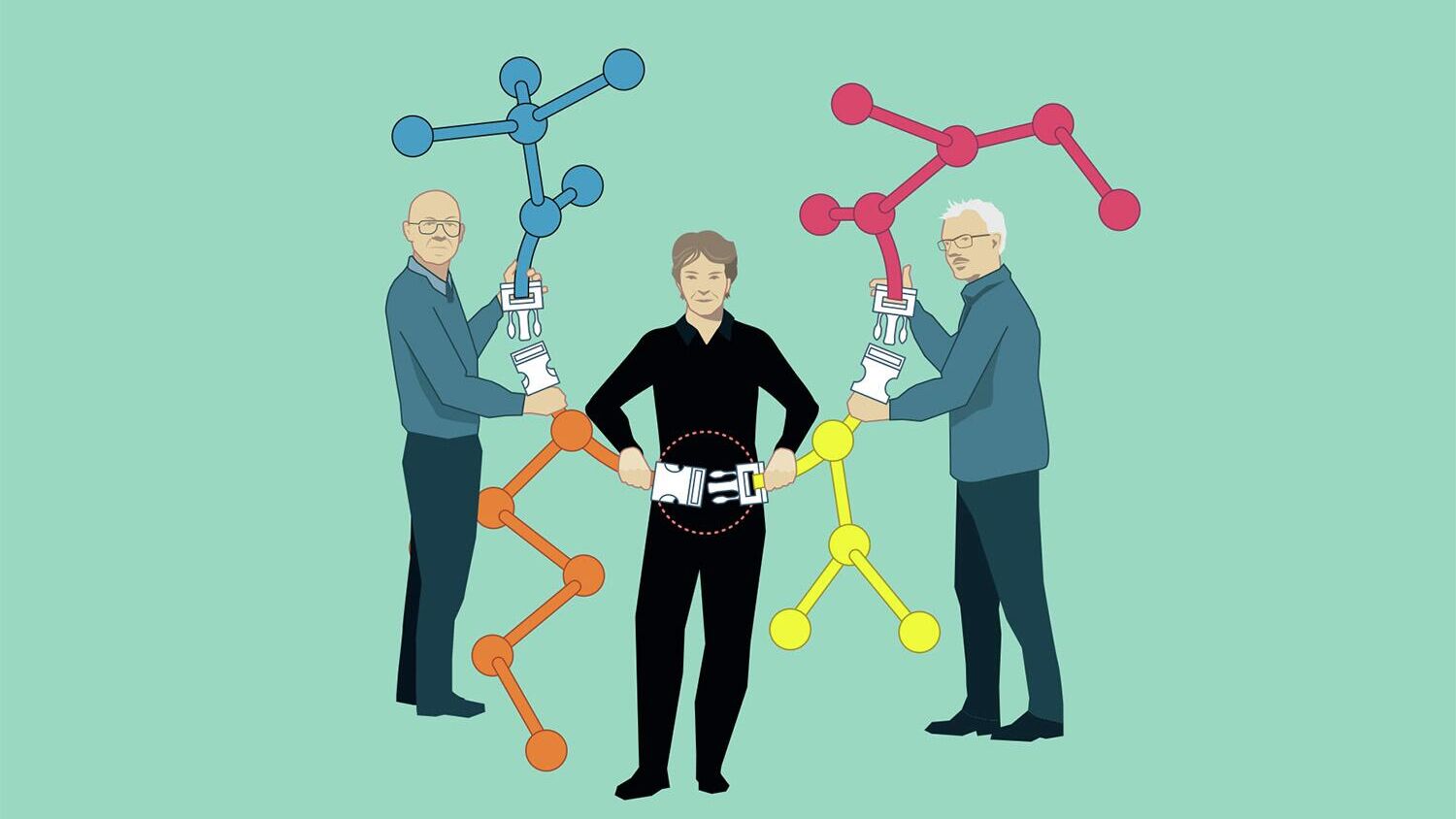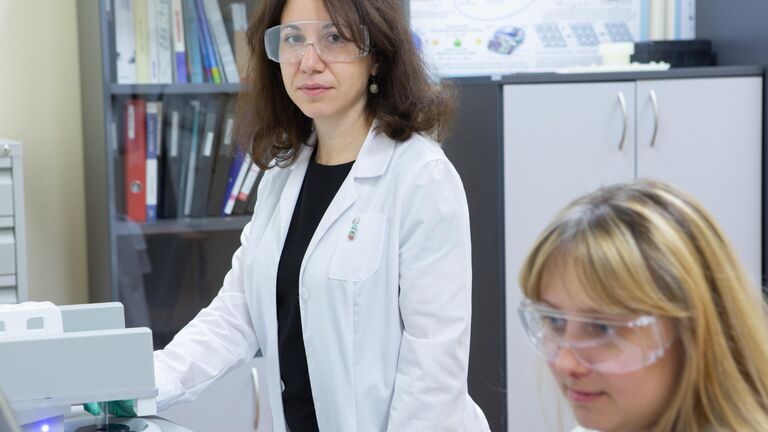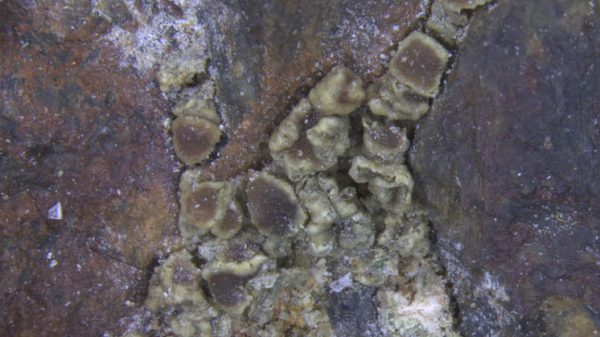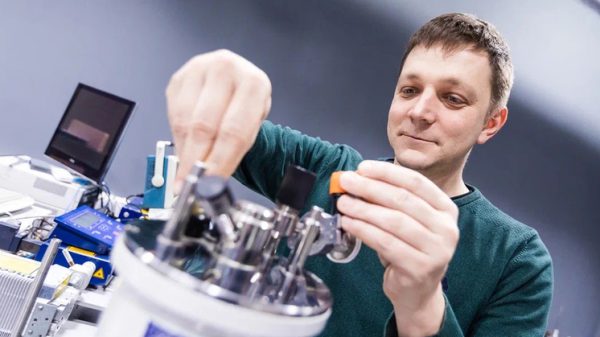
MOSCOW, August 14. A smart material capable of changing its structure under the influence of light was created by SFedU scientists as part of an international research team. According to the authors, the development will find application in many industries: from electronics to intelligent hydrogen fuel storage systems. The results are presented in Microporous and Mesoporous Materials.
Today, more and more materials are appearing that change their properties depending on external factors. One approach to obtaining such smart samples is to add «sensitive» molecules to porous carriers, for example, to metal-organic frameworks (MOF) — rigid «molecular sponges» with a large surface area, explained at the Southern Federal University (SFedU).
The frameworks are a lattice structure, where metals and organics form a «network». According to the authors, they have exceptional stability, structural diversity and high porosity, which allows the material to have a wide range of properties.
SFedU specialists together with colleagues from Bulgaria have developed photosensitive materials. They are porous MOF nanoparticles based on zirconium, the surface of which is modified with photochromic molecules of spiropyrans (organic compounds) that can reversibly change their structure when exposed to light.
“
«Spiropyrans are one of the most interesting classes of organic photochromic compounds. Due to their multisensitivity (the ability to respond to a number of external influences), as well as the sharp difference in the properties of isomeric forms, they are used in the production of various «smart» systems and materials for such areas as chemosensors, electronics, biovisualization, photopharmacology. The introduction of such molecules into the structure of metal-organic frameworks will allow controlling their properties using external influences (light, temperature, acidity of the environment, the presence of metal ions, etc.),» explained Ilya Ozhogin, senior researcher at the SFedU Research Institute of Physical Chemistry.

The university noted that scientists were able to form a strong chemical bond using click chemistry, a principle of obtaining complex molecules by connecting simple initial blocks using the construction set principle. It allowed them to create a stable composite material in which the photoactive component is «attached» to the framework.
«The developed materials can be used in electronics, allowing devices to adapt to different lighting conditions, or in intelligent hydrogen storage systems, increasing energy efficiency. Devices based on our material will not just be tools, but intelligent companions,» said one of the study's authors, research engineer at the SFedU International Research Laboratory of Functional Nanomaterials Olga Burachevskaya.
1 of 2

2 of 2
1 of 2
2 of 2
sponges»'>
She added that with the help of light it will be possible to regulate the volume of the pores of the «molecular sponge» and, as a result, the size of the hydrogen containers made of the smart material during its loading or release. The development will also ensure the safe storage of hydrogen in vehicles or stationary tanks, where control over the gas is especially important.
The study was carried out as part of the implementation of the state program for supporting universities «Priority-2030» of the national project «Science and Universities».
































































Свежие комментарии